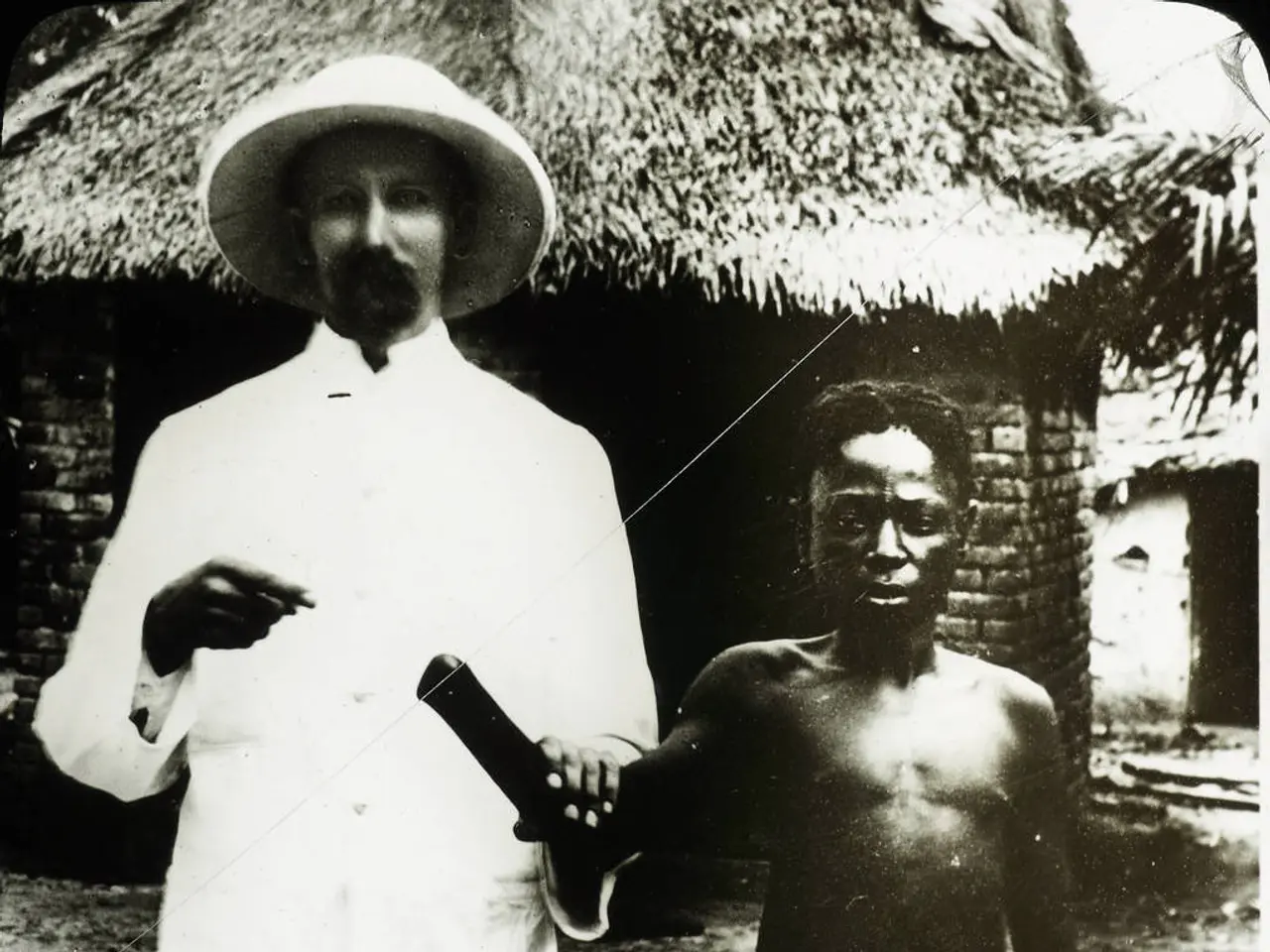Neck Injury Risk: Rectus Capitis Posterior Major Muscle
The muscular system's rectus capitis posterior major, a key neck muscle, is prone to injuries, particularly in accidents like whiplash. This muscle, located at the back of the neck, plays a crucial role in head movements and neck pain management.
The rectus capitis posterior major arises from the spinous process of the axis, the second cervical vertebra. It extends and rotates the head, working in harmony with other neck structures like the rectus capitis posterior minor. Its blood supply comes from the vertebral and occipital arteries, and its nerve supply from the suboccipital nerve.
Injuries to this muscular system muscle can range from strains and ruptures to tears, lacerations, contusions, and infections. Neuromuscular diseases like myositis or cervical dystonia can also affect it. Other neck muscles, such as the sternocleidomastoid, trapezius, scalene muscles, and deep cervical flexors, are equally vulnerable in accidents like whiplash or car collisions.
Understanding the rectus capitis posterior major's role and vulnerability is vital for prompt treatment and recovery from neck pain. Its proper functioning is essential for head movements and overall neck health.
Read also:
- Is it advisable to utilize your personal health insurance in a publicly-funded medical facility?
- Dietary strategies for IBS elimination: Aims and execution methods
- Benefits, suitable dosage, and safety considerations for utilizing pumpkin seed oil in treating an overactive bladder
- Harmful Medical Remedies: A Misguided Approach to Healing




